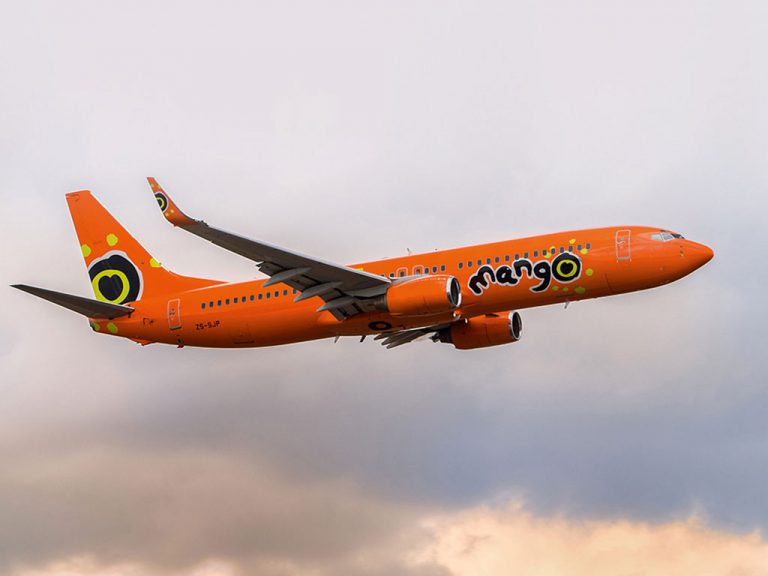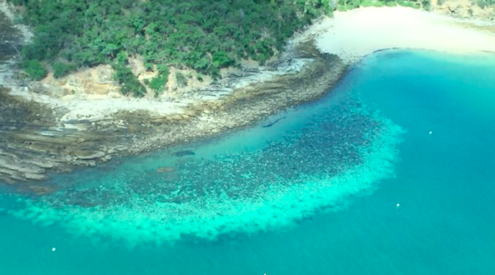The board of Directors of South African Airways (SAA) has put out a statement that insists ‘categorically that the airline’s maintenance division South African Airways Technical (SAAT) did not and does not use fake parts when servicing aircraft belonging to Mango Airlines or any other airline it services.’
The statement below, from South African Airways, follows a Sunday Times story headlined ‘Jet scare highlights criminals in the SAA workshop.’

‘We wish to assure customers that all components and parts are procured from approved suppliers and all supporting documentation complies with South African Civil Aviation Authority (SACAA) requirements on components.
SAA strongly refutes claims in the media that the airline admitted to possibly having been supplied with “suspect parts” or components. Whilst any acts of criminality cannot be ruled out, it is untrue that there is a known international crime syndicate that has infiltrated SAA or SAAT that is responsible for tender manipulation and/or corruption at SAA or SAAT. There is no link, direct or indirect between the aircraft incident involving the Mango flight reported on and matters that are currently under investigation at SAAT.
For background purposes: On 2 September 2019 a flight operated by Mango Airlines experienced technical difficulties that resulted in an air turn-back. The event itself had
a limited impact on passengers, who on the day, would have experienced a minor jolt, akin to driving through a pothole, as the flight crew disengaged autopilot to assume manual flight controls in accordance with the operating procedures of the aircraft manufacturer. The crew noted that no significant loss of height was experienced, with Mango’s Director of Flight Operations noting a loss in elevation of less than two feet. Mango’s flight crew handled the incident in accordance with the airline’s standard operating procedures, and the event was duly reported to the South African Civil Aviation Authority (SACAA).
The cause of the air turn-back related to a component failure. The part, a stabiliser trim motor, failed during the climb of the flight to its planned cruise altitude. After levelling off in the cruise the crew’s attention was drawn to a “Stab out of trim” condition. This simply notifies the crew that the autopilot is maintaining the flight condition, but that the aircraft is not trimmed correctly. The crew read the checklist which very simply instructs them to hold the control column and disconnect the autopilot, which they complied with.
The aircraft component that failed on the Mango flight of 2 September 2019, was legitimately procured from the original equipment manufacturer (OEM) of Boeing 737-800 aircraft. SAAT received the part from the manufacturer on 5 August 2019. It was fitted on Mango’s aircraft on 7 August 2019 and failed after 96 flights and 125 hours of operation.
We are awaiting feedback from the OEM – to whom the failed component has been returned to establish the cause of the component failure. Mango and SAAT are providing the required assistance to the SACAA in progressing their investigation.
SAAT is audited, inclusive of site inspections, by independent global organisations such as the IATA Operational Safety Audit (IOSA), European Aviation Safety Agency (EASA), the United States Federal Aviation Administration (FAA) and the South African Civil Aviation Authority (SACAA).
It can also be confirmed that none of the independent oversight audits that Mango has performed over SAAT over the years have at any stage given rise to any finding as it relates to traceability of parts. “In all my career spanning 20 years of flying for different airlines, including 6 years within management in Mango Airlines, I have never been made aware, nor have I ever heard any rumours of bogus or untraceable parts being used by SAA Technical or in relation to Mango aircraft”, said Captain Juan Naude, Director of Flight Operations for Mango.
To ensure that SAA, SAAT and Mango comply with airworthiness requirements each year, civil aviation authorities issue two certificates for every aircraft in our fleet. The first licence is the airline operating certificate and the second one is the airworthiness certificate. We have obtained and maintain both certificates. Our safety management systems, quality assurance and airworthiness records have been confirmed by regulatory authorities.
Our commitment to the safety of our passengers and staff lies at the heart of our operations. All of our staff are accountable for the delivery of the highest level of safety performance.
We wish to reiterate our commitment to the safety of our customers and assure the South African public that we continue to operate according to the highest possible safety standards’
You may also like






